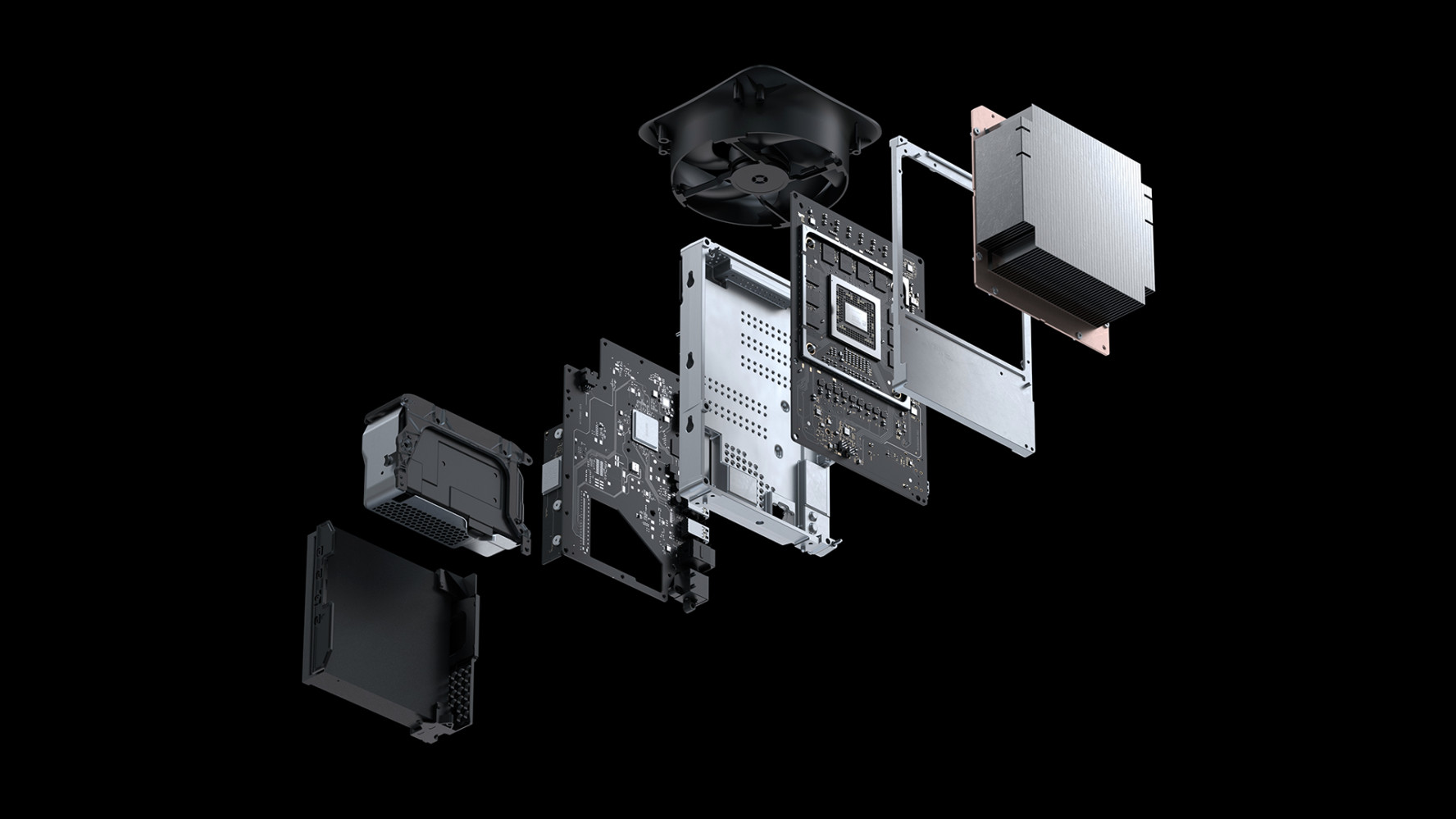
Microsoft has unveiled the specifications of its new Xbox Series X — the next generation of its games console set to ship later this year — and it’s a monster, with 12 teraflops of processing power from an 8 core AMD Zen 2 CPU and a custom RDNA 2-class AMD GPU. It also features a 1TB SSD custom-designed by Microsoft to function as a virtual RAM buffer; to help render scenes more efficiently, by optimising how the console processes workloads.
Computer Business Review doesn’t typically cover consumer tech, but this box is full of clever innovations that sooner or later are going to end up in enterprise workstations or data centres, including its “DirectStorage” approach to processor optimisation, which Microsoft is coming to Windows too.
Xbox Velocity Architecture
Standing out is the “Xbox Velocity Architecture” which comprises four components: a custom NVMe SSD, a dedicated hardware decompression block, a “DirectStorage” API, and Sampler Feedback Streaming (SFS).
“This features tight integration between hardware and software… allowing 100 GB of game assets to be instantly accessible by the developer. The components of the Xbox Velocity Architecture all combine to create an effective multiplier on physical memory that is, quite literally, a game changer,” MSFT said.
 The SSD: As the Microsoft team noted: “We have reached the upper limits of traditional rotational drive performance, so the team knew they needed to invest in SSD level I/O speeds to deliver the quality of experience they aspired to with Xbox Series X… But they didn’t want the I/O system to be just about your games loading faster.”
The SSD: As the Microsoft team noted: “We have reached the upper limits of traditional rotational drive performance, so the team knew they needed to invest in SSD level I/O speeds to deliver the quality of experience they aspired to with Xbox Series X… But they didn’t want the I/O system to be just about your games loading faster.”
Modern games perform asset streaming in the background to continuously load the next parts of the world while users play. The forthcoming console’s “DirectStorage” approach lets the Xbox Series X reduce the CPU overhead for I/O operations from multiple cores to” taking just a small fraction of a single core; thereby freeing considerable CPU power for the game to spend on areas like better physics or more NPCs in a scene”, the company said today, detailing in the console’s specs.
It does this in part via hardware decompression: using a dedicated hardware component introduced with Xbox Series X that allows games to “consume as little space as possible on the SSD while eliminating all CPU overhead typically associated with run-time decompression” the company claimed. “[This] reduces the software overhead of decompression when operating at full SSD performance from more than three CPU cores to zero – thereby freeing considerable CPU power for the game to spend on areas like better gameplay and improved frame rates.”
Both parents and kids stuck at home will be hoping this launch comes soon and that last week’s Xbox Live outage was a wakeup call for Microsoft to make sure its network architecture is rock-solid when shipments start landing.
See also: Amazon’s Free Games Engine Lumberyard Gets a Shake-Up






